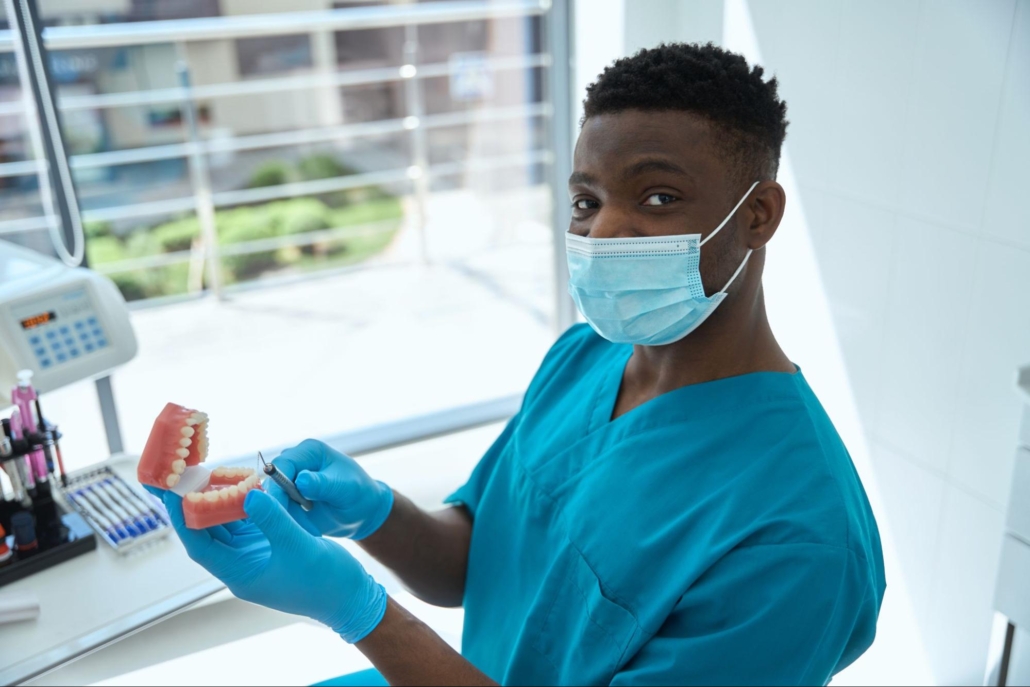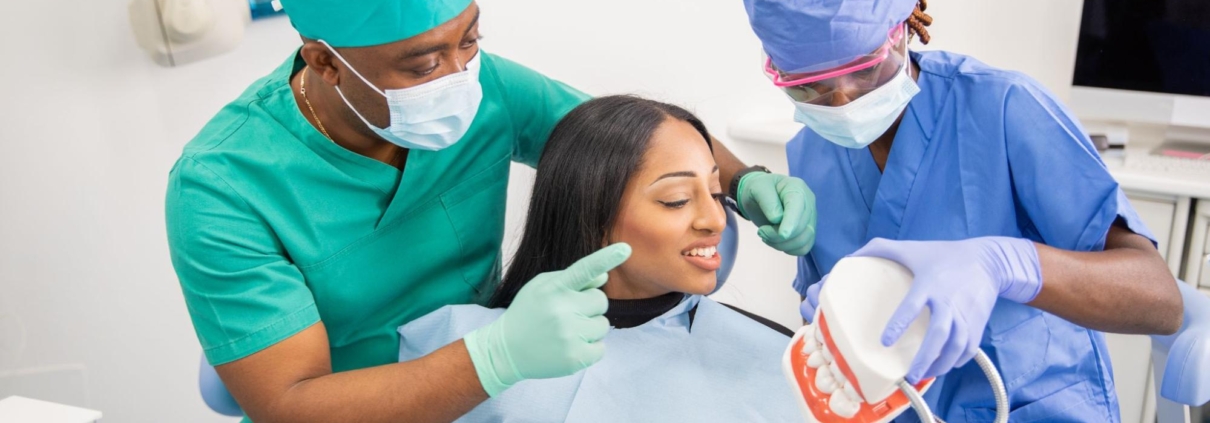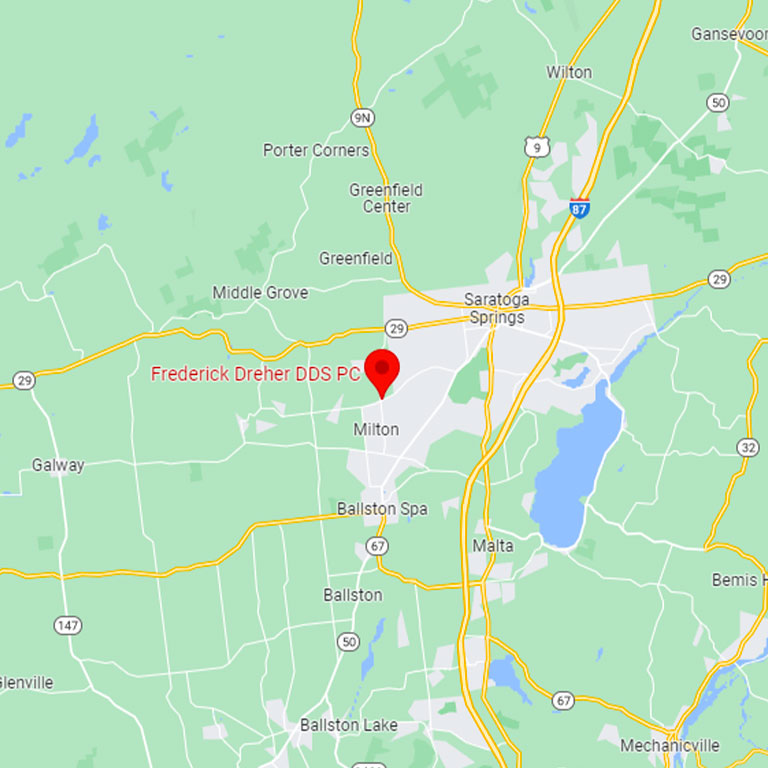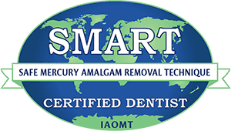Understanding PRP for Dental Extractions: What You Need to Know
When it comes to dental extractions, healing can often be a slow and painful process. However, advancements in dental technology have introduced innovative methods to enhance recovery and reduce discomfort. One such method is Platelet-Rich Plasma (PRP) therapy. This blog will delve into what PRP therapy is, its benefits, and what you can expect if you opt for this treatment during your dental extraction procedure.
PRP therapy harnesses the body’s natural healing capabilities to improve the recovery process. By utilizing a concentrated solution of the patient’s own platelets, PRP therapy promotes faster tissue regeneration and reduces inflammation at the extraction site. This cutting-edge approach not only accelerates healing but also minimizes postoperative pain and lowers the risk of complications, making it an attractive option for those seeking a smoother and more efficient recovery from dental extractions.
What Is PRP Therapy?
Platelet-Rich Plasma (PRP) therapy is a medical treatment that uses a concentration of a patient’s own platelets to accelerate the healing of injured tendons, ligaments, muscles, and joints. In the context of dental extractions, PRP therapy involves injecting this concentrated platelet solution into the extraction site to promote faster and more efficient healing.
PRP is derived from your blood. The process starts with a small blood draw, similar to a routine blood test. The drawn blood is then placed in a centrifuge, which spins it at high speeds to separate the different components. The platelets, which are crucial for clotting and wound healing, are concentrated and combined with a portion of plasma (the liquid part of blood). This platelet-rich plasma is then ready to be used during your dental extraction.
How PRP Therapy Works in Dental Extractions
When a tooth is extracted, the body naturally responds to the trauma by sending platelets to the area to initiate healing. Platelets contain growth factors that are essential for tissue regeneration and repair. By injecting PRP into the extraction site, you provide a much higher concentration of these growth factors than the body would produce on its own. This accelerates the healing process and can reduce the risk of complications.
The application of PRP during dental extractions typically involves injecting the PRP solution into the empty socket immediately after the tooth is removed. This procedure can be completed during a routine dental visit and adds minimal time to the overall extraction process.
Benefits of PRP Therapy for Dental Extractions
Accelerated Healing
One of the most significant benefits of PRP therapy is its ability to speed up the healing process. Patients often experience reduced swelling and inflammation, which leads to quicker recovery times compared to traditional healing methods. This can be particularly beneficial for patients who need to return to their normal activities as soon as possible.
Reduced Pain and Discomfort
PRP therapy has been shown to reduce postoperative pain and discomfort. The concentrated growth factors in PRP help to minimize inflammation and promote tissue regeneration, which can alleviate the pain that typically accompanies dental extractions. This can result in a more comfortable recovery period and reduce the need for pain medications.
Lower Risk of Infection
By enhancing the body’s natural healing processes, PRP therapy can also lower the risk of infection at the extraction site. Faster tissue regeneration helps to create a barrier against bacteria and other pathogens, reducing the likelihood of complications.
Improved Tissue Regeneration
PRP contains growth factors that are crucial for the regeneration of soft tissues and bone. This is particularly important in dental extractions, where the goal is not only to heal the socket but also to prepare the area for potential future dental work, such as implants. PRP therapy can enhance bone regeneration, making it easier to achieve successful implant placement in the future.
What to Expect During PRP Therapy
If you decide to undergo PRP therapy during your dental extraction, here is what you can expect:
Initial Consultation
During your initial consultation, your dentist will discuss the PRP procedure with you, including its benefits and any potential risks. They will also review your medical history to ensure that you are a suitable candidate for PRP therapy.
Blood Draw
On the day of your extraction, a small amount of blood will be drawn from your arm. This is a quick and relatively painless process, similar to having blood taken for a routine test.
PRP Preparation
The blood sample is then placed in a centrifuge to separate the platelets from the other components. This process takes about 10-15 minutes. Once the platelets are concentrated, they are mixed with a portion of plasma to create the PRP solution.
Dental Extraction and PRP Application
After the tooth is extracted, the PRP solution is injected into the empty socket. This process is quick and does not add significant time to the overall procedure. Your dentist will then provide you with postoperative care instructions to ensure optimal healing.
Potential Risks and Considerations
While PRP therapy is generally considered safe, it is important to be aware of potential risks and considerations. Because PRP is derived from your own blood, the risk of allergic reactions or infections is extremely low. However, some patients may experience mild pain or discomfort at the injection site. It is also important to note that PRP therapy may not be suitable for everyone, such as those with certain blood disorders or conditions that affect healing.
 Learn More About PRP Therapy Today
Learn More About PRP Therapy Today
PRP therapy represents a significant advancement in dental care, offering numerous benefits for patients undergoing tooth extractions. By accelerating healing, reducing pain, and lowering the risk of infection, PRP can enhance your recovery and improve your overall dental health. If you are considering PRP therapy for your upcoming dental extraction, consult with your dentist to determine if this innovative treatment is right for you. With PRP, you can look forward to a faster, more comfortable recovery and a healthier smile.
Visit our Frederick Dreher DDS PC blog to learn more about professional dental services near you!






Leave a Reply
Want to join the discussion?Feel free to contribute!